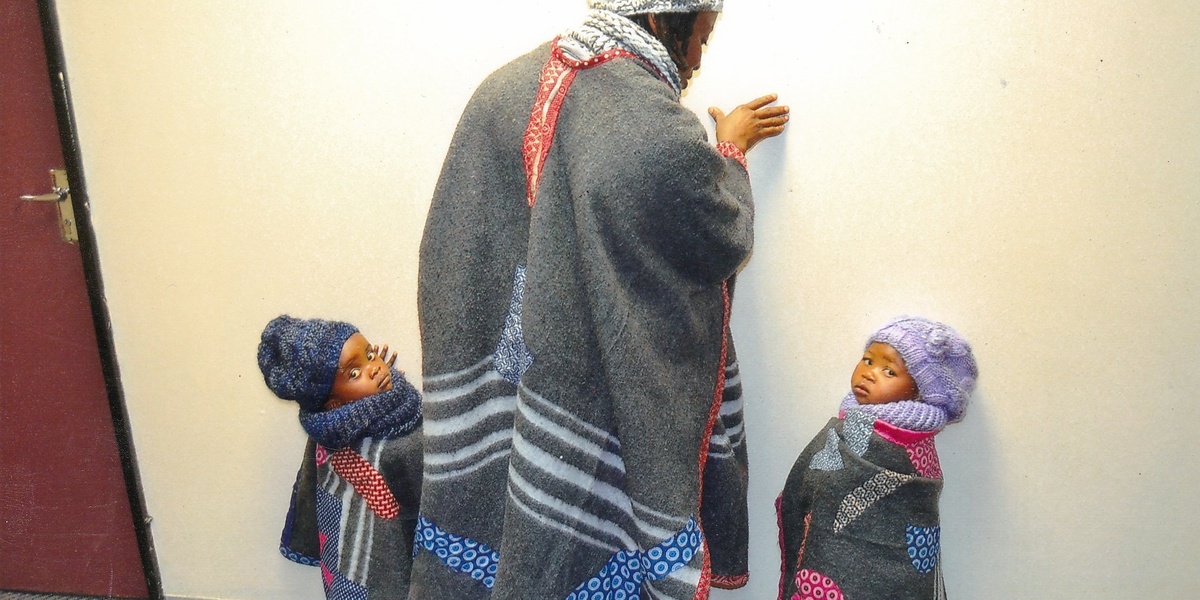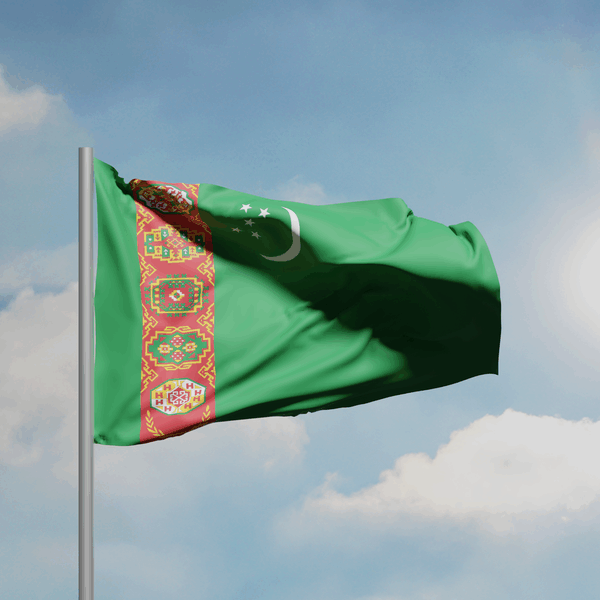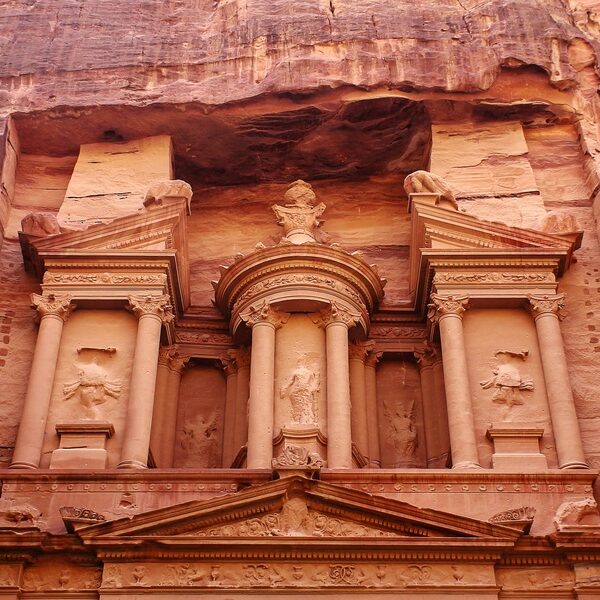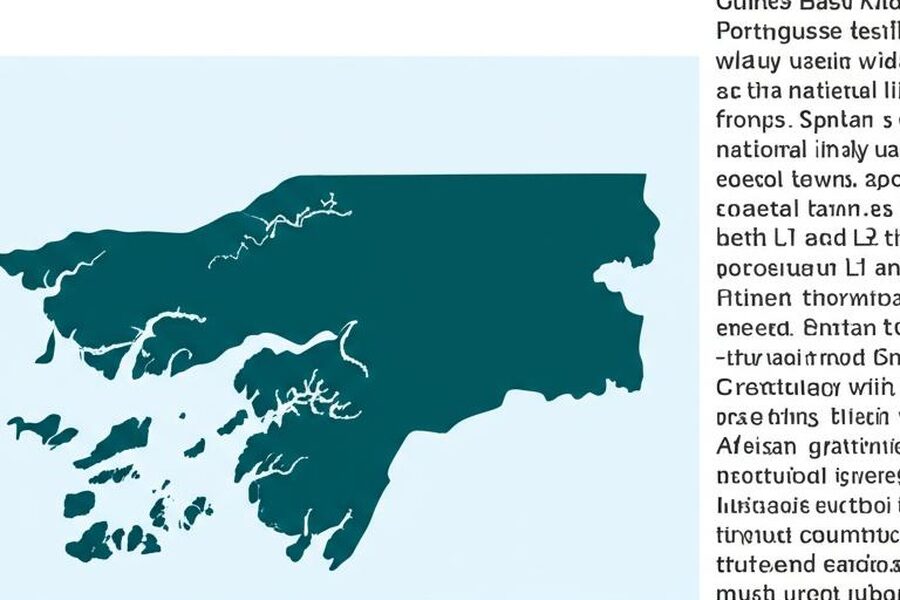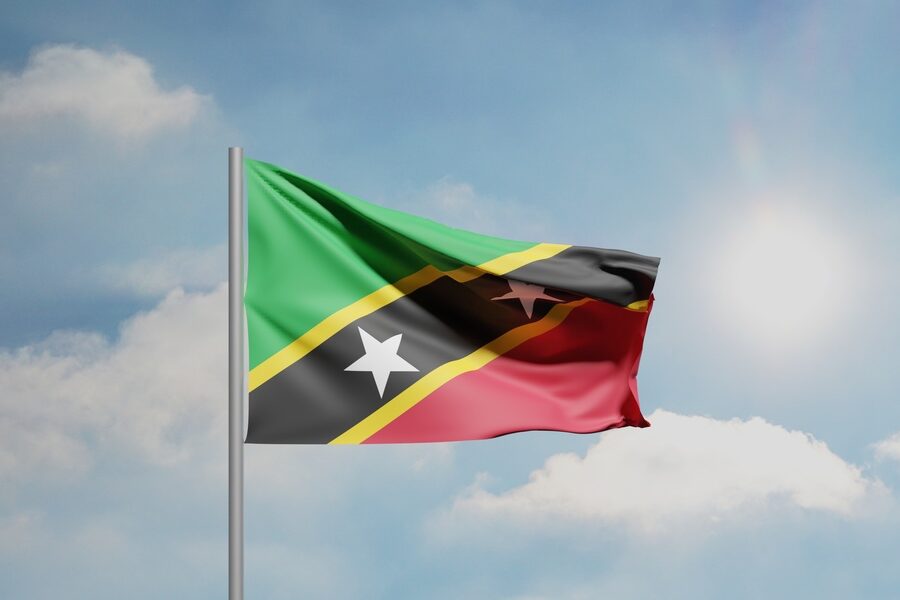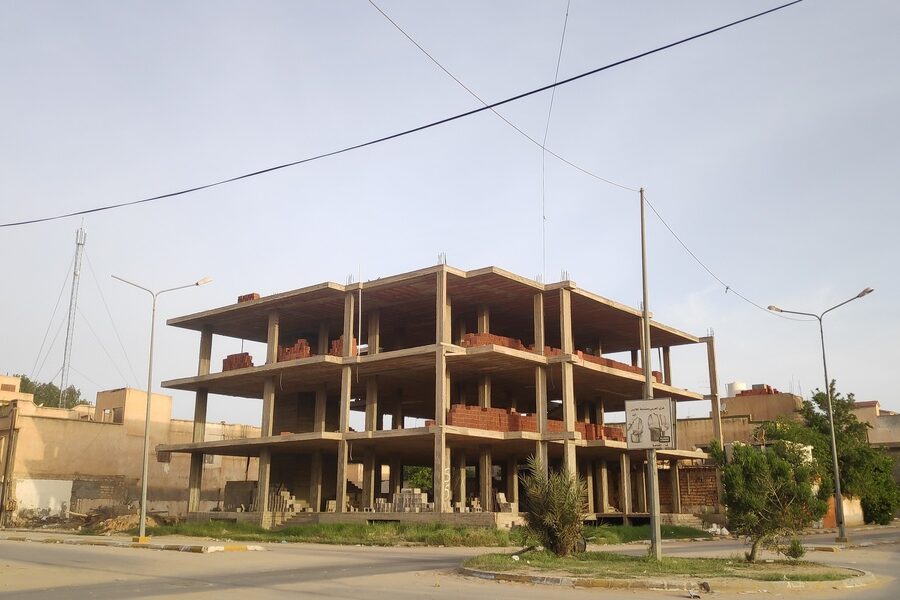Lesotho sits high on the southern African plateau, a nation shaped by mountains, Sotho tradition, and cross-border ties with South Africa. Its communities reflect both long-standing local identities and movements of people across the region, so a compact list helps make sense of that diversity.
There are 12 Lesotho Ethnic Groups, ranging from Afrikaner to Zulu; for each, the list shows Population share (%), Primary language(s), Main region(s) — details you’ll find below.
How different are these groups in everyday life and culture?
Most daily life in Lesotho is dominated by Basotho cultural practices and Sesotho language use, but smaller groups contribute distinct languages, customs, and settlement patterns. Differences are often most visible in language, religious affiliation, and regional concentration rather than strict social separation, so the list highlights where each group is most commonly found and which languages they primarily speak.
How reliable are the population share and language figures?
Population shares and language data come from national censuses, demographic surveys, and academic studies, but small-group estimates can vary between sources. Treat the percentages as approximations useful for comparison; for precise planning or research, check the latest Lesotho census data and recent ethnographic reports you’ll find below.
Lesotho Ethnic Groups
| Name | Population share (%) | Primary language(s) | Main region(s) |
|---|---|---|---|
| Basotho | 99% | Sesotho | Nationwide (highlands and lowlands; Maseru, Leribe, Berea) |
| San (Basarwa) | minor | Khoisan languages | Scattered rural and mountain areas (Qacha’s Nek, Quthing) |
| Khoikhoi | minor | Khoisan languages | Historic presence across lowland and foothill areas |
| Xhosa | minor | isiXhosa | Border towns and urban centers (Maseru, Leribe) |
| Zulu | minor | isiZulu | Towns and migrant-worker communities (Maseru, border areas) |
| Tswana | minor | Setswana | Western border districts (Mafeteng, Maseru outskirts) |
| Swazi (Swati) | minor | siSwati | Southeastern border areas and towns (Quthing, Qacha’s Nek) |
| Afrikaner | minor | Afrikaans | Maseru and farming districts |
| British/English-descended | minor | English | Maseru, diplomatic and business areas |
| Coloured (mixed-race) | minor | English/Afrikaans/Sesotho | Towns and border areas (Maseru, Leribe) |
| Indian (South Asian) | minor | Gujarati, Hindi, English | Urban markets and Maseru commercial districts |
| Chinese | minor | Mandarin, Cantonese, Chinese | Maseru and industrial/commercial zones |
Images and Descriptions
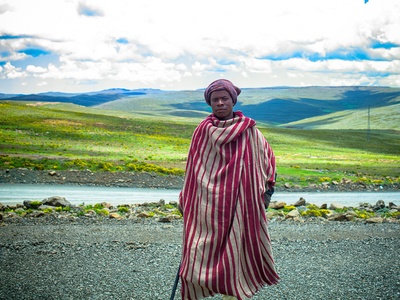
Basotho
The Basotho are the dominant ethnic group in Lesotho, united by Sesotho language and Sotho cultural traditions such as blanket dress and initiation rituals; descended from Sotho-Tswana peoples and central to Lesotho’s national identity and monarchy.
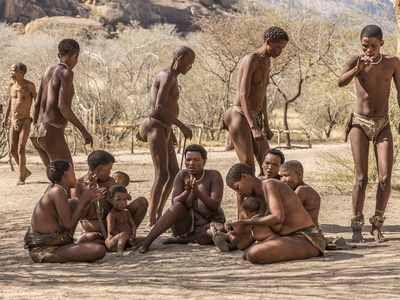
San (Basarwa)
San/Basarwa are indigenous hunter-gatherer peoples who lived in the Lesotho region before Bantu arrivals; today they are a small minority, preserve distinctive click languages and rock-art traditions, and have a historical presence in scattered rural and mountain areas.
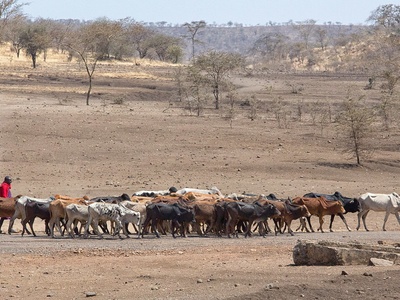
Khoikhoi
Khoikhoi pastoral peoples historically inhabited parts of the region alongside San and later mixed with Bantu groups; now largely assimilated, their cultural traces survive in place names and oral histories, and they are a very small historic/modern presence in Lesotho.
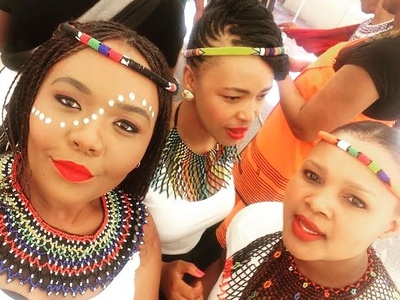
Xhosa
Xhosa people from neighbouring South Africa have a small presence in Lesotho, mainly around border towns and urban centers; they speak isiXhosa and share cultural ties with Basotho through migration, labor links, and intermarriage.

Zulu
Zulu individuals and families are present in small numbers in Lesotho, usually in towns or as migrant workers; culturally Zulu traditions and isiZulu language are maintained by a minor community linked by cross-border ties to KwaZulu‑Natal.

Tswana
Tswana people have historical and minor contemporary presence in Lesotho, particularly near the western border; they speak Setswana and share Sotho-Tswana cultural roots with the Basotho, with some intermarriage and movement across borders.
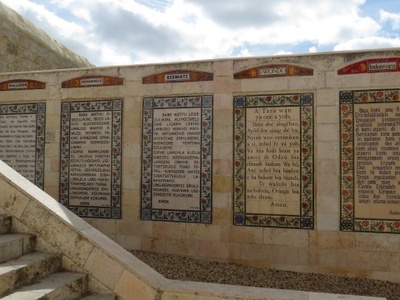
Swazi (Swati)
Swazi (Swati) people form a tiny minority in Lesotho, found mostly near southeastern border areas and urban centers; they speak siSwati and maintain cultural links with Eswatini through kinship and seasonal migration.
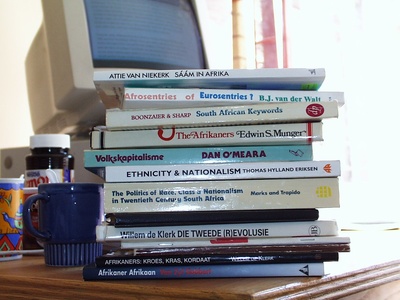
Afrikaner
Afrikaner descendants of Dutch/Afrikaans settlers are a very small group in Lesotho, mainly in the capital and farming areas; Afrikaans language and settler cultural elements persist in a limited fashion among older families.
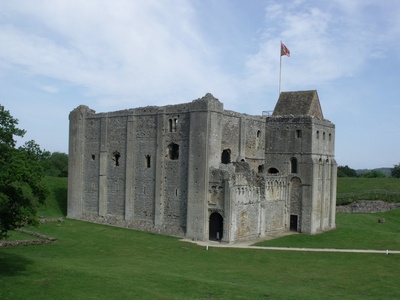
British/English-descended
People of British or English descent in Lesotho represent a minor colonial-era and expatriate community concentrated in Maseru and diplomatic circles; English language and British cultural influences persist in education, government, and business.

Coloured (mixed-race)
Coloured communities (mixed-race) have a small presence in Lesotho, often in towns and border areas; they are culturally diverse, speak English/Afrikaans/Sesotho, and share historical ties with similar communities in South Africa.
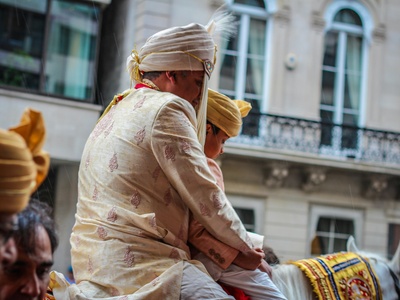
Indian (South Asian)
Indian (South Asian) merchants and descendants form a tiny, longstanding commercial minority in Lesotho, concentrated in urban markets of Maseru; they preserve languages such as Gujarati and Hindi and cultural traditions while integrating into Lesotho’s economy.
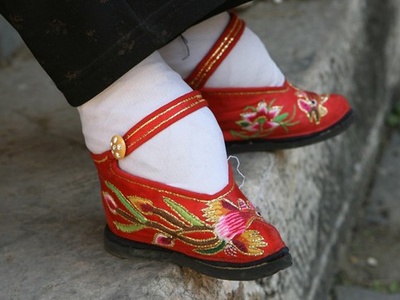
Chinese
Recent Chinese migrants and investors are a very small, growing community in Lesotho, mainly in cities like Maseru and industrial zones; they work in trade, construction, and business, bringing Mandarin and Cantonese languages and new commercial links.

